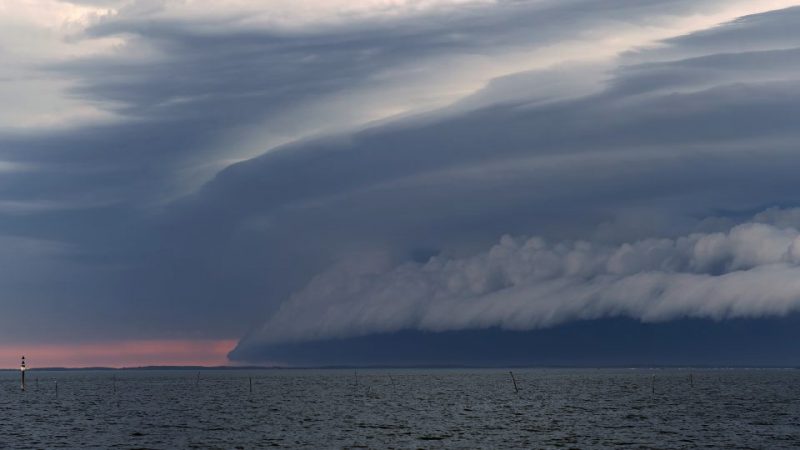New Zealand’s Ocean Heatwave is causing the deaths of hundreds of Little Blue Penguins
“Some of them are high up in the dune foot, or in the dunes. They’ve likely been there for a while, as it was well above the high tide mark. Some birds looked predated, but most of the birds that I found were at or above high tide, so I believe they were quite fresh.
RNZ also reported that another person discovered 183 dead korora during a single trip to Ninety Mile Beach. It’s not just penguins that have been killed; there are also other seabird species such as petrels and shearwaters. The observations also extend beyond Ninety Mile and to other beaches in northern New Zealand. Local residents found 40 dead Korora on the eastern side, at Tokerau Beach, in the course of one week in May.
Post-mortem examinations by the New Zealand Department of Conservation revealed that many of these birds were especially vulnerable as juveniles. With no fat to hold on heat in the water, the young penguins succumbed to starvation and hypothermia.
Contrary to popular belief, seabirds that die from cold are caused by higher ocean temperatures due to both climate change as well as the weather phenomenon La Nina. A representative of Depart of Conservation, Graeme Taylor, explained to RNZ.
Taylor explained that the korora prefer to eat in cold water. “But when you have La Nina conditions such as we had this summer, with the constant northeasterly wind coming in from the Subtropics, you’ll get sea temperatures elevated above normal and the food supply to the penguins decreases with those warm circumstances.” The penguins can’t build up the body fat that they need for insulation.
The smallest penguin species in the world is the little blue penguin.
They are about 10 inches in length and weigh around 2 pounds. Although they were once an common species, their numbers have declined in recent years.
La Nina is a natural phenomenon. However, human-caused climate changes may have an impact on stronger and more frequent El Nino events. The result is that the oceans are hotter globally due to climate change. This warmer baseline increases La Nina’s thermal effect in the South Pacific.
According to RNZ, mass mortality events such as the ongoing little blue penguin death have been rare events in history. However, warmer years in New Zealand’s oceans are becoming more frequent. Taylor said that in the past there might have been a number of good years, followed by one bad year, where many birds died, but then they rebound in those good years. But if the balance starts to tip towards more bad years than good years, then they won’t be able to recover.”
Climate change is affecting penguins of all sizes, from the smallest to the largest. High temperatures on the ground in 2019 killed hundreds Magellanic penguins in a colony in Argentina. Recent research has shown that the melting Antarctic sea ice is putting the emperor penguins at high risk of extinction in just a few decades.
We have the best chance of keeping penguins swimming and waddling on Earth if we reduce our fossil fuel use.
<< Previous








